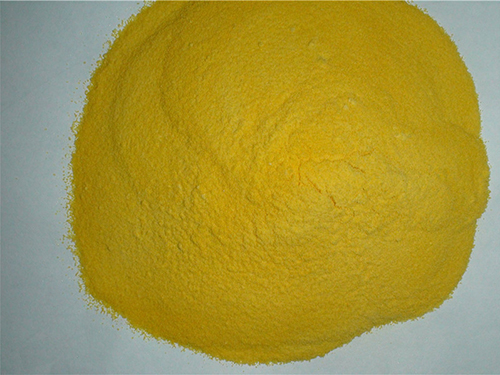Coagulation and Flocculation Processes for Water Treatment and Purification Solutions
The Role of Coagulants and Flocculants in Water Treatment
Water treatment is a crucial process that ensures the safety and cleanliness of drinking water, as well as the management of wastewater. Among the various techniques employed in water treatment, the use of coagulants and flocculants plays a significant role in the removal of suspended solids, organic matter, and pollutants. Understanding the function of these agents and their application is vital for enhancing water quality and protecting public health.
Understanding Coagulants
Coagulants are chemical substances added to water to facilitate the aggregation of suspended particles. When introduced to water, coagulants neutralize the surface charges of particles, which are typically negatively charged. This neutralization allows particles to come together and form larger aggregates known as flocs. The most commonly used coagulants are aluminum sulfate (alum), ferric chloride, and polyaluminum chloride. These agents have proven effective in various environments, including drinking water treatment plants and industrial processes.
The coagulation process is often the first step in water treatment, working efficiently to remove fine particles that cause turbidity. However, the effectiveness of coagulants can be influenced by several factors, including water pH, temperature, and the nature of contaminants present.
The Role of Flocculants
Once coagulation has occurred, flocculants are introduced to enhance the settling process of the aggregates formed. Flocculants are typically long-chain polymers that aid in the formation of larger flocs from the smaller aggregates created during coagulation. The flocculation process improves the removal efficiency of suspended solids, allowing for easier separation during sedimentation.
Flocculants can be categorized into synthetic and natural types. Synthetic flocculants, such as polyacrylamide, are widely used due to their high efficiency and effectiveness in various conditions. Natural flocculants, like starch and cellulose-based agents, offer eco-friendly alternatives that are increasingly favored in sustainable water treatment practices.
coagulant flocculant

The Combined Effect
In water treatment, the synergistic effect of using both coagulants and flocculants can significantly improve the overall process. While coagulants focus on destabilizing and aggregating particles, flocculants enhance the formation and settling of these aggregates. This combination leads to enhanced purification, reduced chemical usage, and more efficient operations.
As communities strive for cleaner water sources, the application of coagulants and flocculants becomes more important. The optimization of these chemicals can lead to reduced operational costs and improved performance of water treatment facilities, ultimately benefiting public health and the environment.
Environmental Considerations
While coagulants and flocculants are essential for effective water treatment, it is important to consider their environmental impact. The selection of chemicals should be made with a focus on sustainability and minimal ecological disruption. The use of biodegradable flocculants and coagulants that minimize potential toxicity is gaining popularity, reflecting the growing interest in green chemistry.
Moreover, the disposal of sludge generated from the coagulation and flocculation processes raises concerns. Effective management strategies must be in place to ensure that this byproduct is handled safely and sustainably, minimizing its impact on land and water resources.
Conclusion
In conclusion, the roles of coagulants and flocculants in water treatment are indispensable for ensuring safe and clean water supplies. Their combined use enhances the effectiveness of the treatment process, promoting better removal of contaminants and improving the overall quality of water. As the need for effective water treatment solutions continues to grow, innovative approaches that prioritize environmental sustainability will play a critical role in shaping the future of water management. The continued research and development of these materials will lead to improved practices, benefitting both human health and the environment.
-
Water Treatment with Flocculant Water TreatmentNewsJun.12,2025
-
Polymaleic AnhydrideNewsJun.12,2025
-
Polyaspartic AcidNewsJun.12,2025
-
Enhance Industrial Processes with IsothiazolinonesNewsJun.12,2025
-
Enhance Industrial Processes with PBTCA SolutionsNewsJun.12,2025
-
Dodecyldimethylbenzylammonium Chloride SolutionsNewsJun.12,2025





